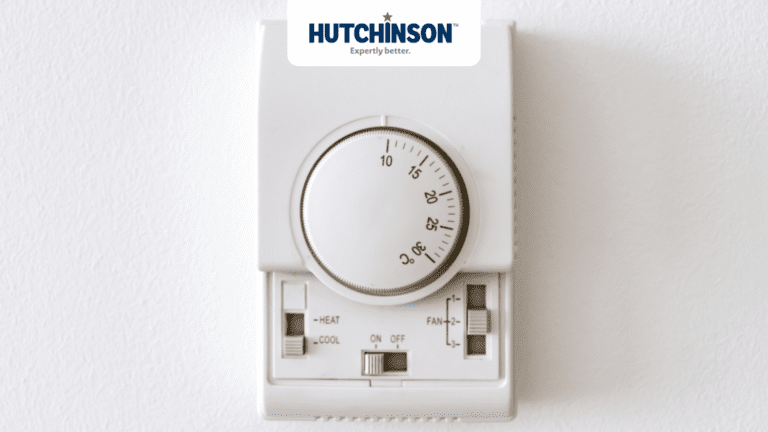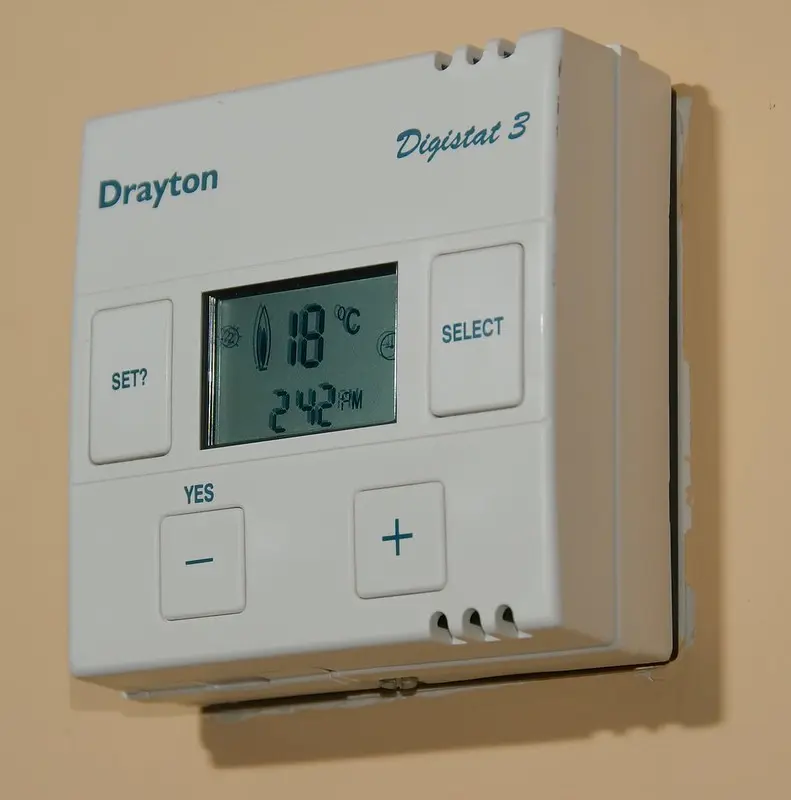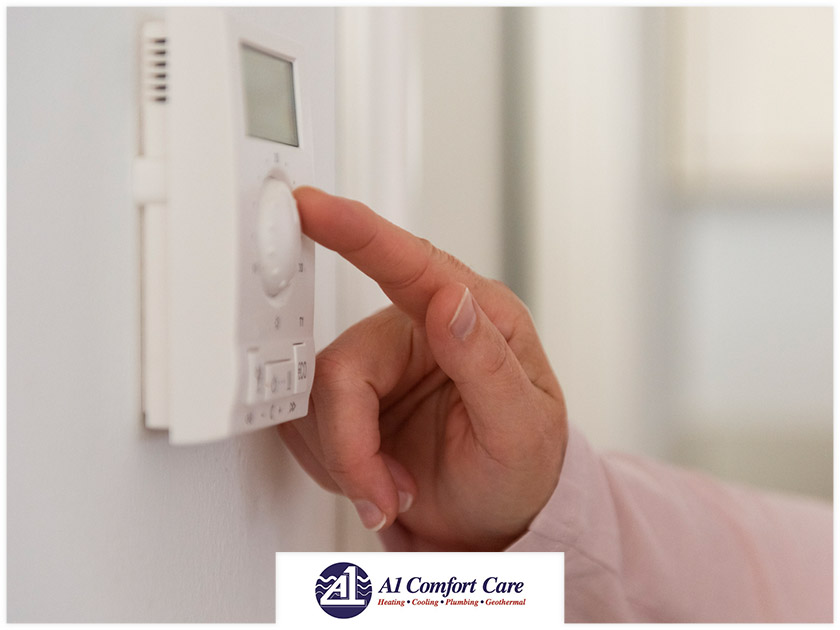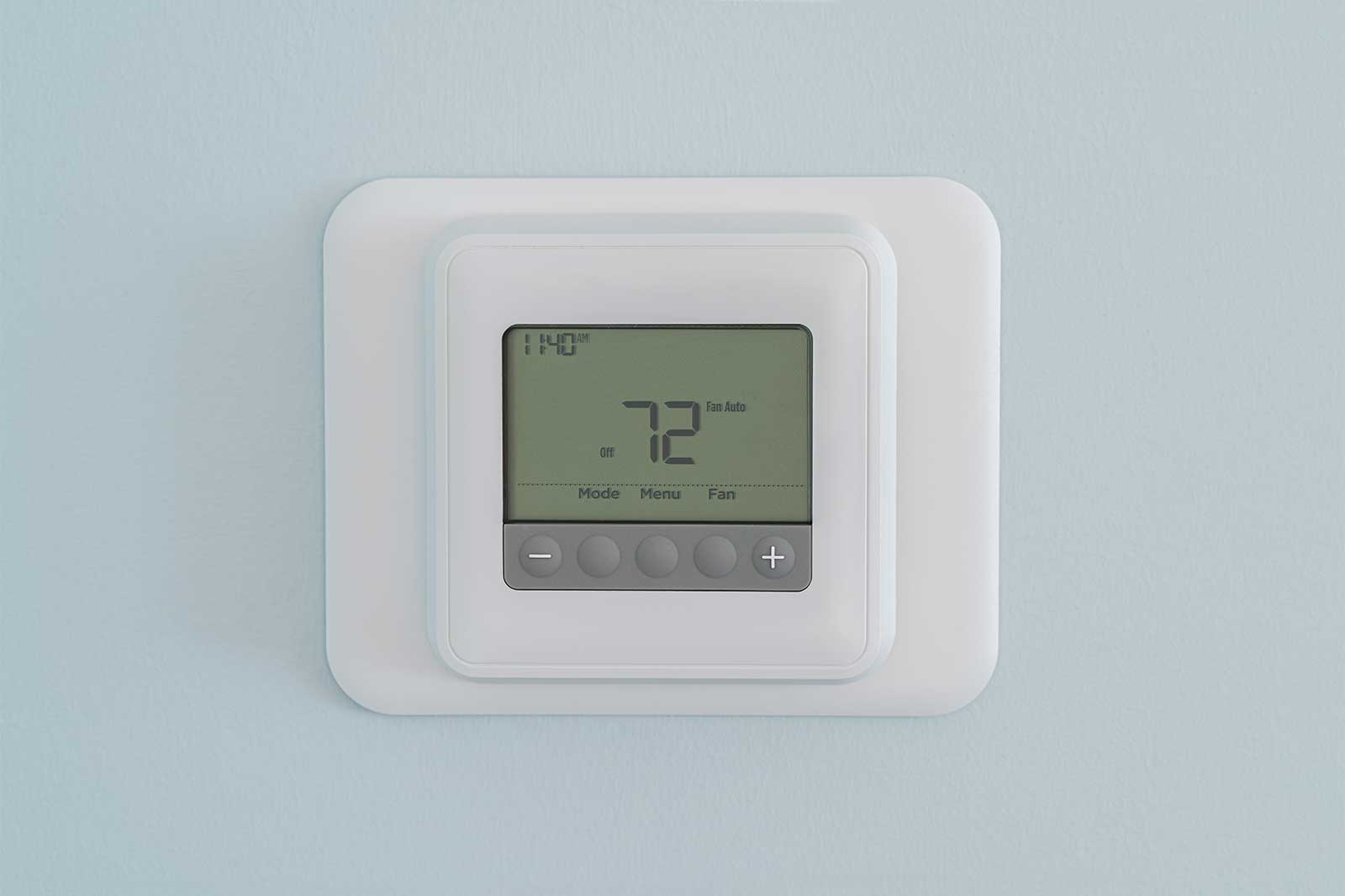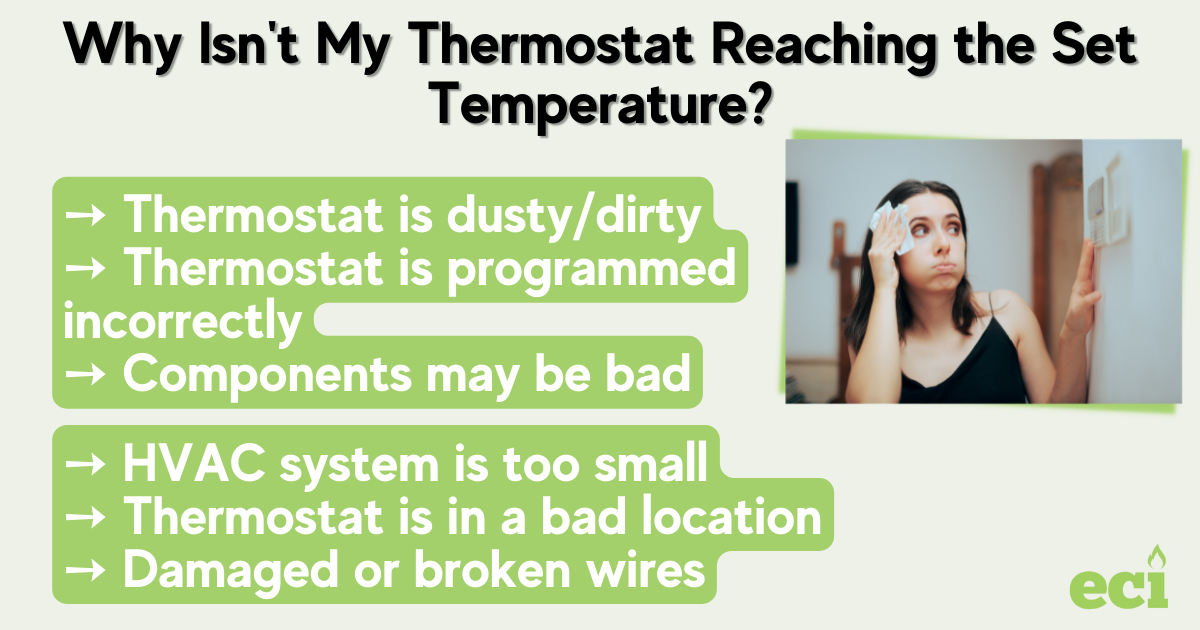Why Does My Thermostat Not Reach Set Temperature

The frustration of a thermostat that stubbornly refuses to reach the desired temperature is a common household woe, particularly as seasons shift and heating or cooling systems are pushed to their limits. Homeowners across the country are grappling with this issue, leading to discomfort and potentially higher energy bills. Understanding the underlying causes can help resolve the problem and restore comfortable indoor conditions.
At the heart of the matter is a mismatch between the thermostat's setting and the system's ability to achieve it. This article delves into the various reasons why a thermostat might fail to reach the set temperature, offering insights from HVAC professionals and industry experts. By examining factors ranging from simple user errors to more complex mechanical issues, we aim to provide readers with a comprehensive guide to troubleshooting this pervasive problem.
Common Culprits: Simple Fixes and Preventative Measures
One of the most frequent causes is an incorrect thermostat setting. Ensure the thermostat is in the correct mode (heating or cooling) and that the set temperature is actually within a reasonable range. A simple mistake can lead to significant discomfort.
Dirty air filters are another common culprit. A clogged filter restricts airflow, making it harder for the HVAC system to effectively heat or cool the air. The U.S. Department of Energy recommends checking and replacing air filters every one to three months, or more frequently in dusty environments.
Blocked vents can also hinder proper air circulation. Make sure that furniture, rugs, or other objects are not obstructing vents. This ensures that the heated or cooled air can freely flow throughout the room.
When to Suspect a More Serious Problem
If the simple fixes don't work, it's time to consider more complex issues with the HVAC system itself. One potential cause is a refrigerant leak in the cooling system. Refrigerant is essential for the cooling process, and a leak can significantly reduce the system's effectiveness.
Another possibility is a malfunctioning compressor. The compressor is the heart of the cooling system, and if it's failing, it won't be able to properly cool the air. Similarly, a faulty heating element in a furnace can prevent it from generating sufficient heat.
Ductwork problems, such as leaks or disconnections, can also contribute to the issue. Leaky ducts allow heated or cooled air to escape before it reaches its intended destination, wasting energy and reducing the system's efficiency. According to the Environmental Protection Agency (EPA), duct leakage can account for up to 30% of total energy consumption in a home.
Insulation and External Factors
Inadequate insulation can make it difficult for an HVAC system to maintain the desired temperature. Poorly insulated walls, windows, and attics allow heat to escape in the winter and enter in the summer, placing a greater burden on the system. The Department of Energy provides guidelines for recommended insulation levels based on climate zone.
External weather conditions can also play a role. During extreme temperatures, even a well-functioning HVAC system may struggle to keep up. In these situations, it's important to be realistic about the system's capabilities.
Sunlight streaming through windows can significantly impact indoor temperature. Using curtains or blinds to block direct sunlight can help reduce heat gain in the summer.
The Role of Thermostat Calibration and Placement
A miscalibrated thermostat can provide inaccurate temperature readings, leading to incorrect heating or cooling cycles. Many thermostats allow for manual calibration, or a professional can perform this task.
The location of the thermostat is also crucial. Thermostats should be placed away from direct sunlight, drafts, and heat sources. Placing a thermostat near a window or an appliance that generates heat can skew its readings and cause it to cycle on and off inappropriately.
Smart thermostats offer advanced features such as remote control and learning capabilities. While they can improve energy efficiency, they also require proper setup and programming to function correctly. Consult the manufacturer's instructions for optimal performance.
Seeking Professional Help
When troubleshooting fails, it's best to consult a qualified HVAC technician. A professional can diagnose complex problems, such as refrigerant leaks, compressor failures, and ductwork issues. They can also perform routine maintenance to ensure that the system is operating at peak efficiency.
Regular HVAC maintenance can prevent many of these problems from occurring in the first place. Scheduling annual checkups can help identify and address potential issues before they become major problems. Many HVAC companies offer maintenance plans that include routine inspections, filter changes, and tune-ups.
Ignoring these issues can lead to higher energy bills and premature system failure. Addressing the problem promptly can save money in the long run and ensure a comfortable living environment.
A Case Study: The Johnson Family
The Johnson family in suburban Chicago struggled with an unresponsive thermostat throughout the winter. Despite setting the thermostat to 70 degrees, their home remained consistently chilly. After checking the filter and vents, they called a local HVAC technician.
The technician discovered a significant leak in their ductwork, allowing heated air to escape into the attic. Repairing the ducts resolved the issue, and the Johnson family's home was finally warm and comfortable. This case highlights the importance of professional diagnosis in resolving complex HVAC problems.
"We were so frustrated," said Mrs. Johnson. "We had no idea that leaky ducts could make such a big difference. We learned our lesson and will definitely schedule regular maintenance from now on."
Conclusion
A thermostat that doesn't reach the set temperature is a common problem with a variety of potential causes. By systematically addressing simple issues like filter replacement and vent blockage, homeowners can often resolve the problem themselves. However, more complex issues require professional diagnosis and repair.
Regular maintenance, proper thermostat placement, and adequate insulation are crucial for maintaining a comfortable and energy-efficient home. By taking proactive steps, homeowners can avoid the frustration and expense of dealing with a malfunctioning HVAC system.
Ultimately, understanding the interplay of these factors empowers homeowners to take control of their indoor environment and ensure that their thermostats accurately reflect their comfort preferences.

![Why Does My Thermostat Not Reach Set Temperature Thermostat Not Reaching Set Temperature? [Causes & Solutions]](https://aircomfortlab.com/wp-content/uploads/2021/01/thermostat-not-reaching-set-temperature-infographic.png)






